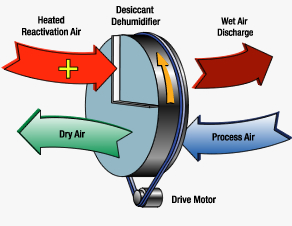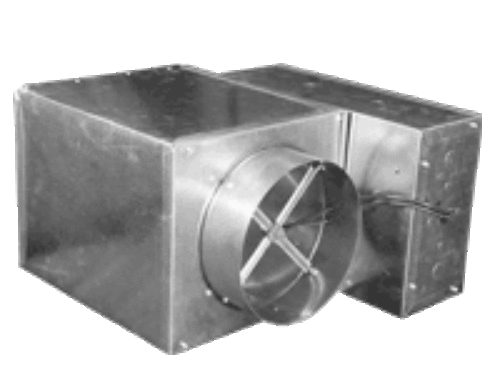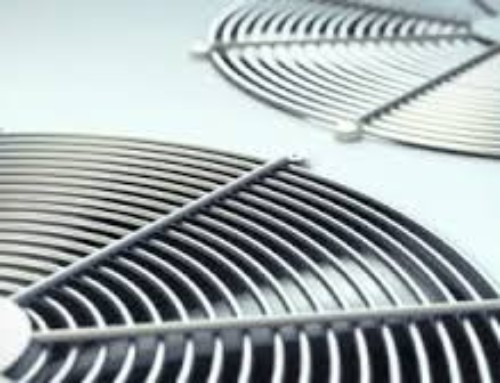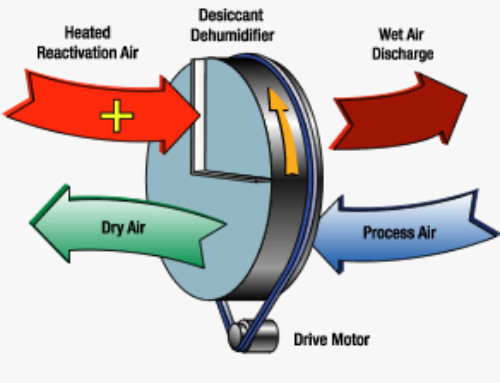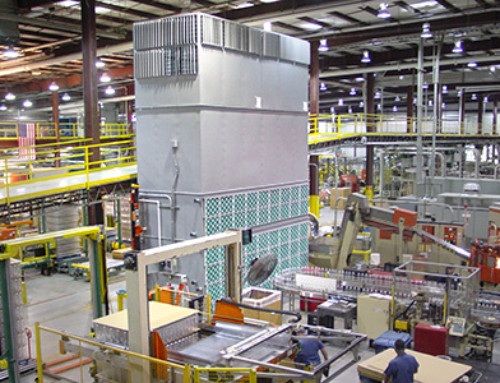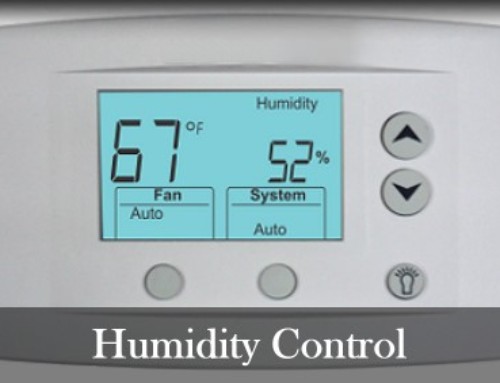As using refrigeration to cool spaces (or heat in the case of a heat pump), the better one understands some of the components, the better we can apply the right piece of equipment for the right application for trouble free operation.
Heat-Pump: Unlike a heating coil, burner, etc, a heat pump is an air conditioner running “backwards”; it is literally “air conditioning” the outside and rejecting the heat inside. In technical terms, the condenser and evaporator coils switch rolls. That being said:
- The volume (how much refrigerant the piece can hold) of the evaporator and condenser need to be the same.
- One needs to understand the heat portion of the process is a passive (the result of cooling). Unlike cooling (the driver of the process) where one can use modulating compressors, hot-gas reheat, etc for capacity control, these features cannot be placed on the heat side. Pure MUA (ie, EAT=0 without pretreatment) and VAV for heat is not recommended.
Matching Condensing unit to Evaporator Coil: As the refrigerant moves between the evaporator and condenser, the suction temperature will depend on the indoor air, outdoor air and will balance between the evaporator coil and condenser coil temperature difference. As the suction temperature goes down on the compressor, the capacity will go down but the evaporator will go up. If you chart (typically between 40-50F) the plots will intersect and at that particular design point, that will be the performance. We have an excel spreadsheet on how this can be done… email us for a free copy.
- If the condensing unit is too large (or evaporator too small), the suction temperature will be too low and the evaporator coil can freeze.
- If the condensing unit is too small (or evaporator too large), the suction temperature will rise and the coil temperature can be too high (ie, a suction temperature of 55F means the discharge on the coil could be 65F or higher). If the suction gets even higher, the compressor will not be stable as it is designed for a certain refrigerant temperature for cooling and it can burn out.
Here are other components that are used in order for the system to work properly (info courtesy of United Cool Air)
FOR SPLIT SYSTEMS: if there is a long distance (and/or a lot of elbows) and/or a large vertical distance between the compressor and the evaporator, there is always a concern that the oil in the system stays well mixed with the refrigerant to allow the compressor motor to run safely. Also, the refrigerant needs to keep its state (liquid or gas) in the interconnecting piping. Here are some items that can be used to keep the system stable:
DESUPERHEATER (or Quench Valve). Typically if the line length is over 100 feet or if the hot-gas bypass is directly piped into the compressor (as opposed to a complete third line to bypass the evaporator coil), this component is used to directly inject liquid refrigerant back into the suction of the compressor. The purpose as the name suggests is not allow the refrigerant temperature to get too hot which would damage the compressor.
HOT GAS BYPASS: If you read Hot-Gas Reheat, Hot-Gas Bypass, Low Ambient, Modulating Compressors- The rundown, it was explained that this device allows the compressor to run at lower loads without short cycling or low head conditions. The valve will bypass the evaporator either at the coil or with additional refrigerant specialties at the condensing unit from the discharge to the suction. This tricks the compressor to run at full load but netting a partial load as required. The hot gas bypass can be thermodynamically controlled (by a sensing bulb and electromechanical logic) or electronically controlled (with the unit controller modulating the valve through sensor input/outputs).
OIL SEPARATOR: For long lengths or a significant vertical lift, the oil separator captures the oil in the discharge line and returns it back to the compressor. A small portion of the oil passes throught the oil separator to provide lubrication of the valves in the system. Ultimately, the oil will be carried based on the refrigerant velocity inside the system.
RECEIVER TANK: If a flooded condenser is used for low ambient (again read Hot-gas reheat…), the receiver tank will hold the extra refrigerant when the ambient temperature requires normal condenser function.
SUCTION LINE ACCUMULATOR: Installed in the suction line of the compressor, its purpose is to not allow the compressor to see liquid (as “slugging a compressor” will kill it).
CRANKCASE HEATER: In cases where low ambient cooling is required, the crankcase heater will warm the belly of the compressor to make sure the oil and refrigerant mix is viable; cold oil will be full of refrigerant and will not be able to lubricate the motor.


